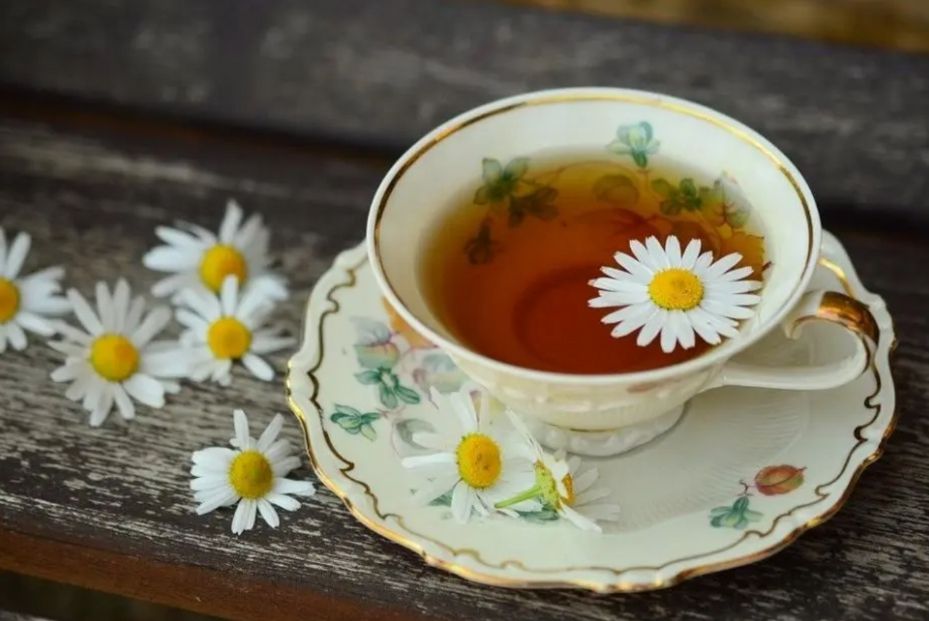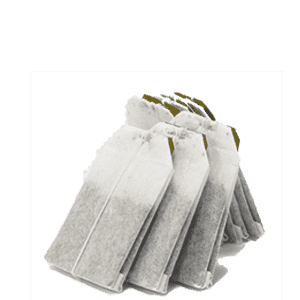4 Tea Traditions Practiced in Different Countries

Tea drinking is said to be dated back to as early as 2737 BC when the Chinese emperor Shennong found his hot water greatly improved due to a dried leaf falling in his cup. Since then, tea has become a 10 billion dollar industry, coming second to only water as the most popular drink in the world.
Lauded for its health benefits, calming properties and robust taste, tea is enjoyed by cultures worldwide. Here are some interesting traditions that a few cultures associate with tea:
China
The traditional Chinese tea ceremony, known as Gongfu Tea, is an incredibly complex and detailed process. The advent of tea houses in China occurred during the Ming Dynasty, with tea customs evolving with every dynasty. Involving a tureen, strainers, tongs, tea towels, brewing trays and scent cups, the Gongfu ceremony is a tea tradition that has withstood modernity.
First, guests are to smell the tea leaves before brewing begins. The tea is poured in a continuous motion by arranging the cups in a circle until each cup is full. Guests are to cradle the cup and saucer in two hands, sip slowly, and cradle the empty cup after the tea is finished.
Japan
Similar to China, Japan also has highly complicated tea ceremonies such as Chanoyu, Sado, and Ocha. The tea brewer carefully performs his moves to ensure that the viewers and guests can see everything that is being done. Preparation for these ceremonies and its steps include preparing the home, invitations of guests, the order of utensils brought into the room, the cleaning and warming of the tools, the brewing, and the cleanup. Matcha is the most commonly served tea blend in these ceremonies and is accompanied by sweets.

India
India is one of the largest producers and consumers of tea. Known for its chai variant that mixes black tea leaves with spices like ginger, cinnamon, nutmeg, and cardamom, it was first popularized by the British in the 1800s. Quintessential to daily life, sipped on the go, and offered to house guests, tea vendors are found in every corner of Indian streets. Known as chaiwallahs, these vendors sell tea in traditional locally made clay cups. These cups add an earthy flavor to the tea, which some people consider to be a crucial ingredient in chai’s true taste.
Morocco
Brought through trading routes from the East, Moroccan tea is a blend of green tea leaves, mint, and generous amounts of sugar. Known as the Maghrebi mint mix, Moroccan tea is a refreshing drink in the arid climate of North Africa. Poured high into delicate and colorful frosted glasses, guests are served tea three times accompanied by an assortment of spiced nuts and fruit pastries. Refusing tea when visiting a house is considered to be highly offensive in Moroccan culture.
Thinking of making the switch to organic tea? From premium weight loss herbal teas to fruity saffron tea, PGI offers all-natural brews with anti-inflammatory properties in Australia. Each tea contains pure Persian saffron to enhance its natural flavor and aroma.
Contact us at +61-284-590-002 or email us at info@pgi.net.au for more information.

 Herbal Tea Bags
Herbal Tea Bags Premium Dried Fruit
Premium Dried Fruit